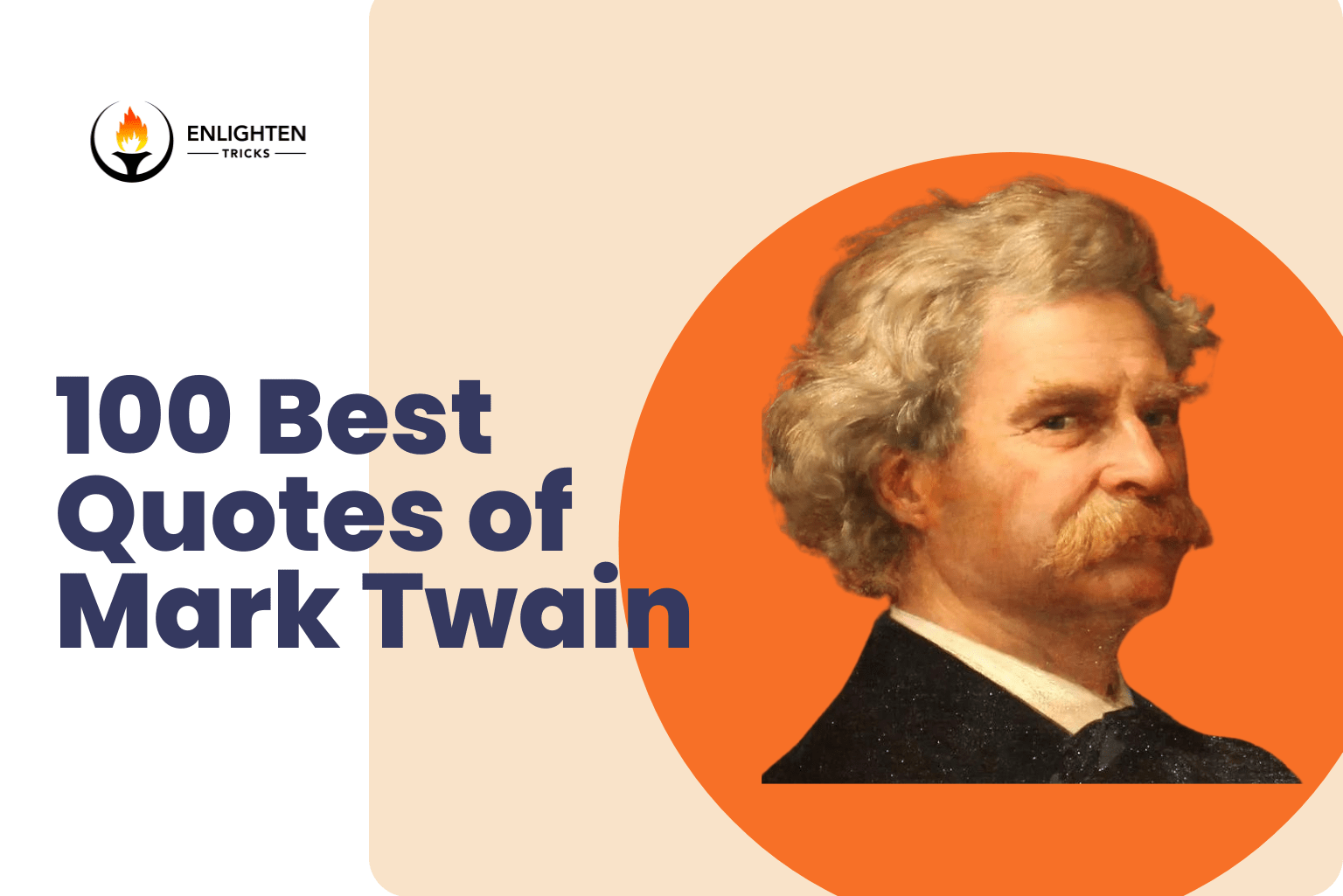In today’s fast-paced business environment, the motivation of employees stands as a critical factor for success. Motivated employees are not only more productive but also contribute to a positive work atmosphere, driving innovation and growth. In this article, we explore the top ten strategies to boost employee motivation and, as a result, enhance overall productivity.
1. Setting Clear and Attainable Goals
Clear, well-defined goals are essential for directing employee efforts and fostering a sense of accomplishment. When goals are realistic and attainable, employees feel more engaged and committed. It’s crucial for management to communicate these goals effectively, ensuring that each employee understands their role in achieving them. This clarity provides a roadmap for success and a tangible way to measure progress, which is incredibly motivating.
2. Recognition and Rewards
Recognition is a powerful motivator. A well-thought-out recognition and reward system can significantly boost employee morale. This can range from financial incentives, like bonuses and raises, to non-monetary rewards such as extra time off, public acknowledgment, or personalized gifts. The key is to make employees feel valued and appreciated for their contributions, reinforcing positive behaviors and achievements.
3. Growth and Development Opportunities
Professional growth and development are major motivators. Employees are more motivated when they see a clear path for advancement and personal growth within the company. Offering training programs, professional courses, mentorship opportunities, and clear career progression plans can greatly enhance motivation. It not only aids in skill development but also demonstrates the company’s investment in their future.
4. Creating a Positive Work Environment
A positive, inclusive, and supportive work environment is fundamental for employee motivation. Cultivating a culture of respect, diversity, and inclusion enhances job satisfaction. Promoting a healthy work-life balance, offering flexible work options, and ensuring a safe and comfortable physical work environment are all critical components. Employees who enjoy their workplace are naturally more engaged and productive.
5. Empowerment and Autonomy
Empowering employees by giving them a degree of autonomy in their work fosters a sense of ownership and responsibility. When employees are trusted to make decisions and manage their tasks, they feel more invested in the outcome. Autonomy also encourages creativity and innovation, as employees feel more confident to bring new ideas to the table.
6. Effective Communication
Clear and open communication is the cornerstone of a motivated workforce. Regular, transparent communication about company goals, changes, and expectations helps eliminate confusion and builds trust. Providing constructive feedback, as well as a platform for employees to voice their opinions and ideas, ensures that they feel heard and valued.
7. Team Building and Collaboration
Fostering a sense of teamwork and collaboration can significantly impact motivation. Team building activities, collaborative projects, and cross-departmental interactions not only improve communication and relationships among employees but also contribute to a sense of community and shared purpose. When employees work effectively as a team, they motivate each other, leading to increased productivity and job satisfaction.
8. Competitive Compensation and Benefits
Fair compensation is a fundamental motivator. Employees need to feel that they are being paid fairly for their efforts. Beyond a competitive salary, offering comprehensive benefits packages, including healthcare, retirement plans, and perks such as gym memberships or childcare assistance, can greatly impact employee satisfaction and motivation.
9. Wellness and Mental Health Support
The importance of mental and physical health in the workplace cannot be overstated. Providing wellness programs, access to mental health resources, and initiatives to promote a healthy lifestyle demonstrates the company’s commitment to employee well-being. This not only reduces stress and burnout but also leads to a more engaged and productive workforce.
10. Leadership and Management Support
Effective and supportive leadership is crucial for motivating employees. Leaders and managers who are approachable, empathetic, and supportive inspire their teams. Regular check-ins, constructive feedback, and a genuine interest in employees’ professional and personal growth create a motivating and respectful work environment.
Conclusion
Employee motivation is a multifaceted challenge, requiring a thoughtful and personalized approach. By implementing these ten strategies, organizations can create an environment where employees feel valued, supported, and motivated. This not only enhances productivity but also contributes to a positive organizational culture, driving success and growth. Remember, a motivated workforce is the cornerstone of any thriving organization.









